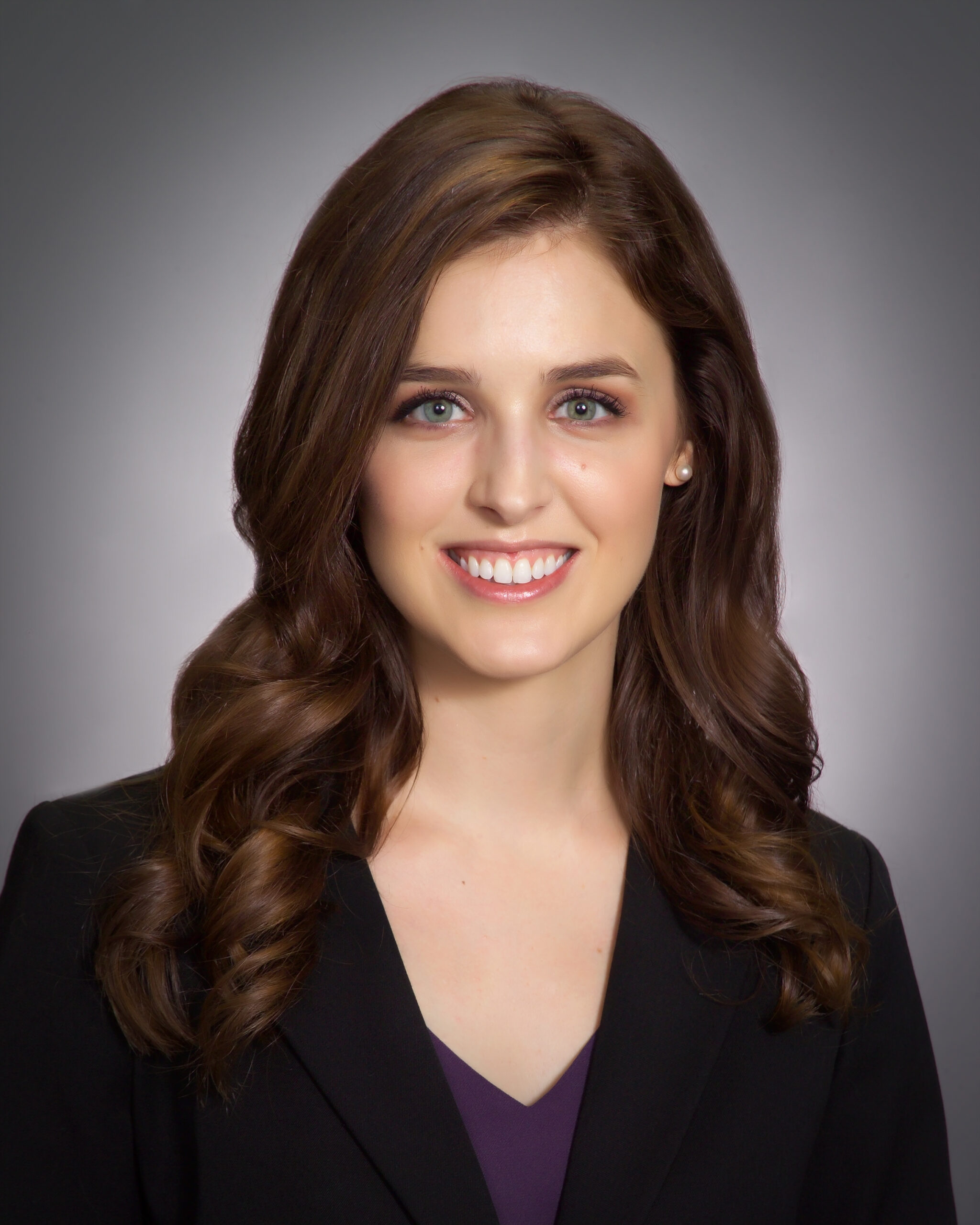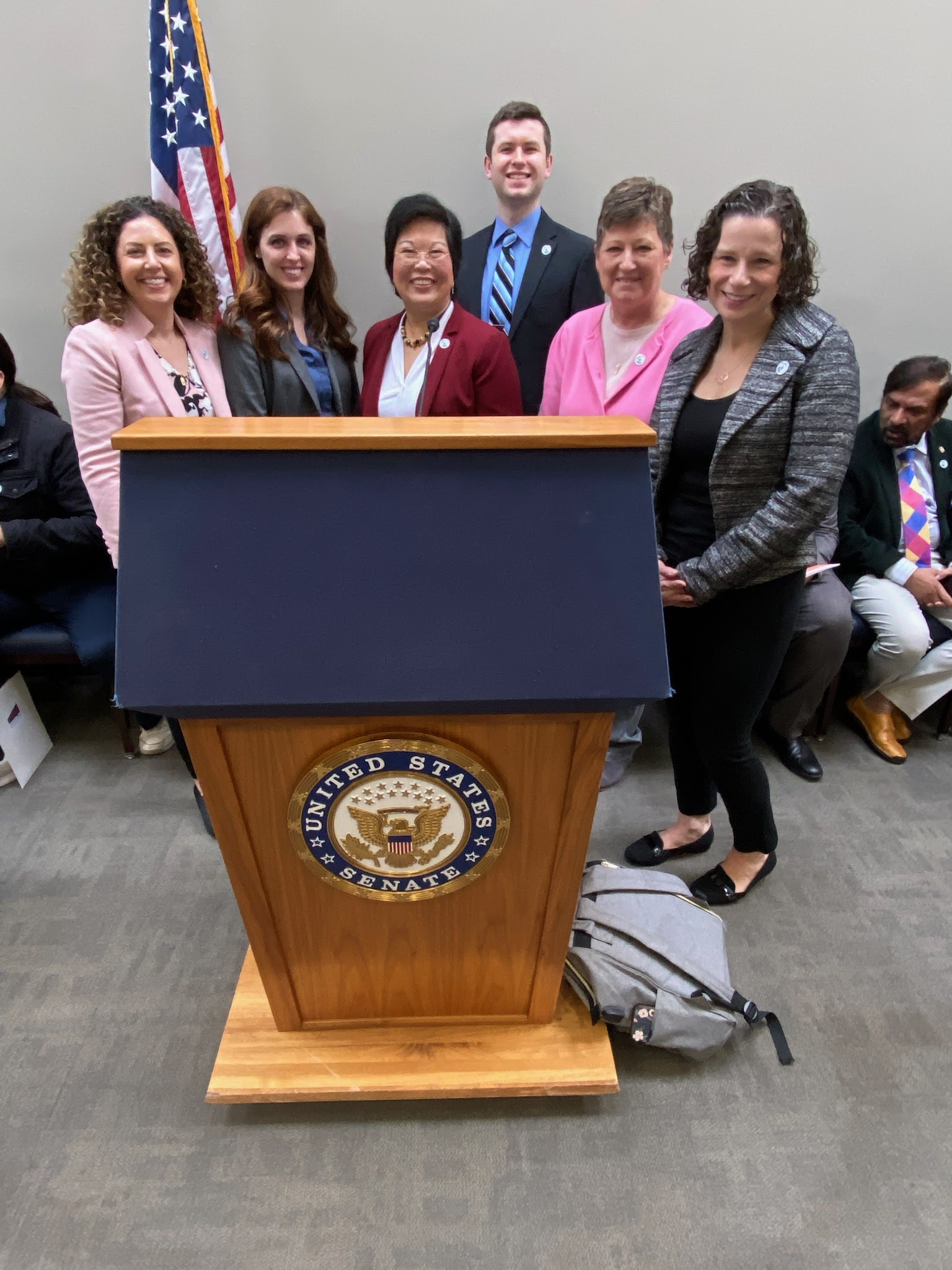
“It just seemed like it made sense at the time,” the detective said as we reviewed the baby’s multiple injuries. My attending and I had been called in that weekend to evaluate a young baby with fractures of multiple ribs and extremities in differing states of healing. Further history revealed that about one month earlier, the baby had bruising that had been reported and investigated by the same detective and local child protective services. At that time, parents reported that the bruising had been caused by part of an infant seat, and the patient was not seen by a child abuse pediatrician. Some of the fractures noted during consultation likely would have been present at the time of the prior bruising and could have been detected with appropriate medical evaluation.
This case highlighted multiple systems and policy failures that failed to recognize the risk for this baby. As a Child Abuse Pediatrics fellow in Kansas City, clinical care, legislation, and public policy intersect in my daily work, and our clinical practice on the border of Missouri and Kansas frequently contrasts the successes and challenges of differing legislative and policy approaches to child maltreatment. This child lived near the state border and had they lived just a few miles east across the state line, Missouri law would have required that the child protective services worker submit their information for review by a board-certified child abuse pediatrician, and they could have had access to a local SAFE-CARE provider in their community with additional training to complete the medical evaluation, provide an evidence-based diagnosis, and communicate with the local multidisciplinary child protection system.
Cases like this underscore for me the critical role of physicians participating in legislative advocacy. While no system is perfect, the gains that have been made in Missouri were made because of organized and steadfast collaboration of pediatricians throughout the state to provide their education and expertise to law and policymakers. However, these changes are never fast or easy, and the scope of the problem can be overwhelming. Fortunately, the American Academy of Pediatrics organizes an annual Advocacy Conference to empower pediatricians to engage in this vital work, and I was honored to attend this year with the support of the Missouri AAP Advocacy Conference Scholarship. We heard from pediatricians throughout government, celebrated past advocacy wins championed by pediatricians, and reviewed the current state of multiple important issues affecting our nation’s children. On March 28th, over 300 pediatricians from across the nation gathered on Capitol Hill to bring the voice of children into the discussion of online safety and privacy.
Pediatricians are not flashy or self-promoting by nature. However, we are natural advocates for our patients, and these are precisely the skills needed to improve the wellbeing of the communities we serve. A consistent theme throughout the conference was the importance of building relationships to find common ground and pragmatically steering the conversation in productive ways. Pediatricians do this every day facing vaccine hesitancy or recommending symptomatic care instead of antibiotics for viral illnesses. We are trusted experts of child health and wellbeing, and we bring the credibility of both the science and the lived experience of our patients’ stories. There are multiple issues across the local, state, and federal levels currently in need of a voice for children. Connect with your AAP chapter for resources and support, bring memorable patient stories, and let’s get to work.




